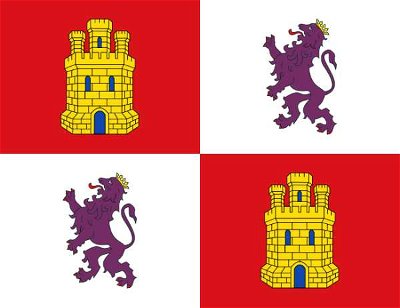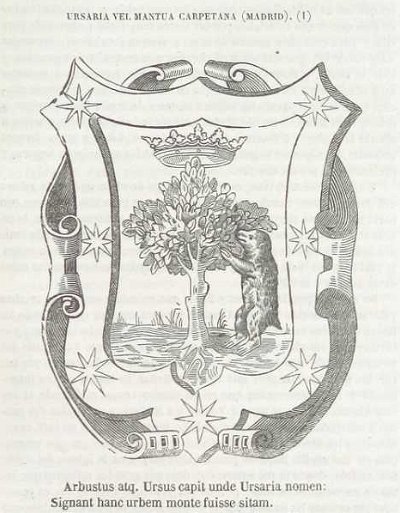21. In 1588, one of the reasons Spain sent its Armada to attack England was in hopes of making England a Catholic nation again. The other reason was that England was helping what present-day country to fight against Spain?
From Quiz Spanish History from 16th to 20th Centuries
Answer:
Netherlands
Queen Elizabeth I had restored the Protestant Church of England when she took over the throne from her half-sister, Queen Mary I, in 1558. The turning point was the execution of Mary, Queen of Scots, Spain's Catholic ally, in 1587, which increased the religious tensions between the two countries.
The Netherlands were fighting for its independence against the Spanish occupation. Spain was using their religious secret police called the Inquisition to hunt out Protestants. The English were helping the Dutch to fight against the Spanish.
King Philip got the approval from the Pope to attack England to make England Catholic again. The Spanish fleet left Spain in July 1588. On 19th July, the Armada was sighted by the English fleet, led by Sir Francis Drake. The English fleet sailed from Plymouth and utterly defeated the Spanish Armada.








 Quick Question
Quick Question = Top 5% Rated Quiz,
= Top 5% Rated Quiz,
 Top 20% Rated Quiz,
Top 20% Rated Quiz,